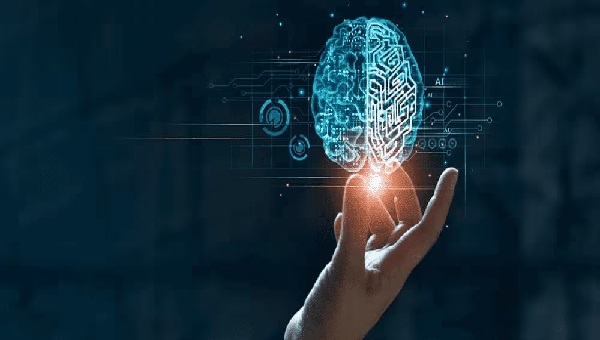EDU~EDGE
Artificial Intelligence (AI) has the potential to address some of the biggest challenges in education today, innovate teaching and learning practices, and accelerate progress towards SDG 4. However, rapid technological developments inevitably bring multiple risks and challenges, which have so far outpaced policy debates and regulatory frameworks. UNESCO is committed to supporting Member States to harness the potential of AI technologies for achieving the Education 2030 Agenda, while ensuring that its application in educational contexts is guided by the core principles of inclusion and equity.
UNESCO’s mandate calls inherently for a human-centred approach to AI. It aims to shift the conversation to include AI’s role in addressing current inequalities regarding access to knowledge, research and the diversity of cultural expressions and to ensure AI does not widen the technological divides within and between countries. The promise of “AI for all” must be that everyone can take advantage of the technological revolution under way and access its fruits, notably in terms of innovation and knowledge.
Furthermore, UNESCO has developed within the framework of the Beijing Consensus a publication aimed at fostering the readiness of education policy-makers in artificial intelligence. This publication, Artificial Intelligence and Education: Guidance for Policy-makers, will be of interest to practitioners and professionals in the policy-making and education communities. It aims to generate a shared understanding of the opportunities and challenges that AI offers for education, as well as its implications for the core competencies needed in the AI era
Across the world, the initial concern in education was that ChatGPT and similar GenAI tools would be used by students to cheat on their assignments, thus undermining the value of learning assessment, certification and qualifications (Anders, 2023). While some educational institutions banned the use of ChatGPT, others cautiously welcomed the arrival of GenAI.
GenAI models are built from large amounts of data (e.g. text, sounds, code and images) often scraped from the internet and usually without any owner’s permission. Many image GenAI systems and some code GenAI systems have consequently been accused of violating intellectual property rights.
It can automate information processing and the presentation of outputs across all key symbolic representations of human thinking. It enables the delivery of final outputs by furnishing semi-finished knowledge products. By freeing humans from some categories of lower-order thinking skills, this new generation of AI tools might have profound implications for how we understand human intelligence and learning.
Despite the media hyperbole, it is unlikely that GenAI alone will solve any of the problems facing education systems around the world. In responding to long-standing educational issues, it is key to uphold the idea that human capacity and collective action, and not technology, is the determining factor in effective solutions to fundamental challenges faced by societies.
Given that GenAI models can serve as the basis or starting point for developing more specialized or domain-specific models, some researchers have suggested that GPTs should be renamed ‘foundation models’.
In education, developers and researchers have started to fine-tune a foundation model to develop ‘EdGPT’.41 EdGPT models are trained with specific data to serve educational purposes.
The output of a text GenAI can look impressively human-like, as if it understood the text that it generated. However, GenAI does not understand anything. Instead, these tools string words together in ways that are common on the internet. The text that is generated can also be incorrect.• Researchers, teachers and learners need to be aware that a GPT does not understand the text that it generates; that it can, and often does, generate incorrect statements; and that they therefore need to take a critical approach to everything that it does generate.








